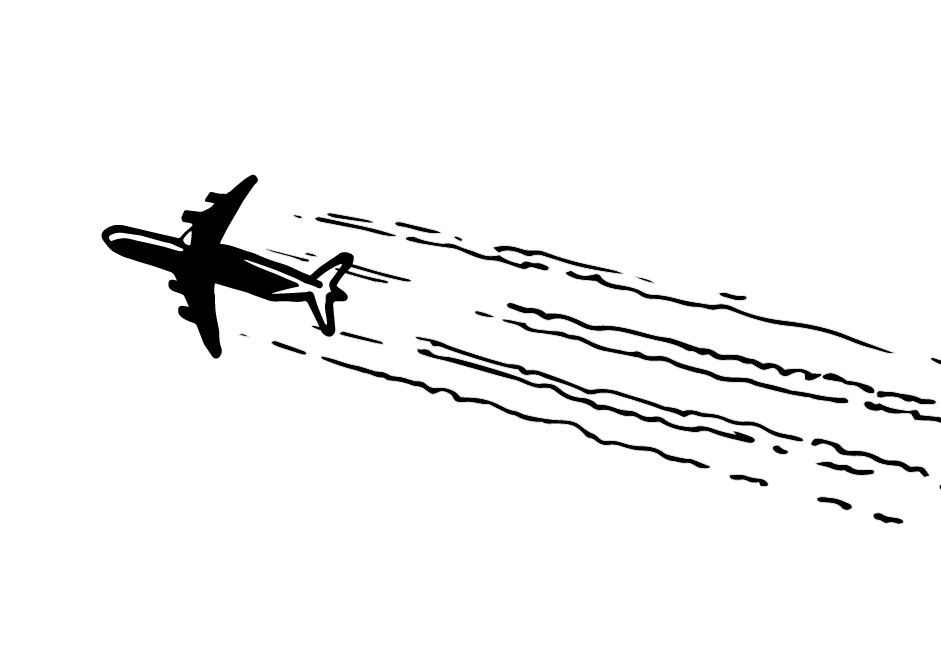
Scarcity
-
Audio Recording by George Hahn
Scarcity
Scarcity is key to irrational prices. Beachfront property is scarce and, regardless of the economic cycle, is always super expensive. You can also manufacture scarcity with similar results (crazy-town prices). Spoiler alert: Hermès could produce more Birkin bags and yet decides not to. The choking of supply adds heft to the narrative that this is a special bag, and it adds credibility to the urgency — you may be shit out of luck next week if you don’t plunk down $14K now.
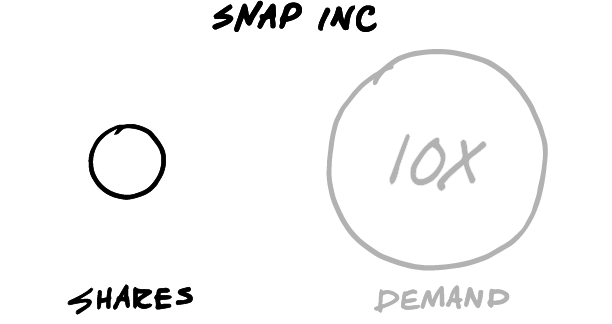
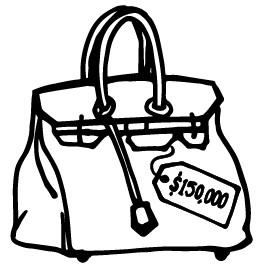
So, even if a Birkin bag or Snap shares are not intrinsically worth $14K or $25/share, if scarcity supports the price then god bless them, no? No. Hermès can maintain scarcity. However, over the next 24 months, 7x the number of Snap shares could hit the market. The artisanship / specialness is also about to become less scarce as Instagram Stories continues counterfeiting the “Snap bag.” I believe, in 2018, Snap shareholders will discover they don’t own a Birkin, not even a Kors or Kate Spade, but an Esprit Black Brown Round Barrel Bag Purse Shoulder Small Hipster.
Object Orientation
We’ve been reading words for several hundred years, listening to words for thousands, and learning from images for millions of years. We, as a species, are great with images. We can interpret / absorb an image 50x faster than words, as we’ve had a lot more practice with visuals. Just as music is cemented into our being in the late teen years, the images of our early childhood become fixed into our gray matter.
When I was seven we lived in a house near the beach in Laguna Niguel. My dad would come home early (he was a salesman), and we’d go body-surfing and see seals and porpoises just offshore. When there was a storm, in the morning we’d go to Newport Beach. From the end of the pier we’d look several hundred feet out and alert each other when millions of gallons, barrelling toward shore, morphed into a blue-gray hemi cylinder eight, maybe 10, feet high and wait for the pier to vibrate, even shake, as the rising sea floor thrust the cylinder up and the wave crashed down on the water.
One of four consecutive nights, beginning on the full and new moons in spring, my mom would wake me at midnight and, armed with flashlights, we’d go down to the beach and watch what looked like hot slices of metal dancing in the shallow surf. The grunion were running.
They weren’t all images from the title sequence of The O.C. I remember, on TV, a skinny guy wearing a ski mask on a hotel balcony interrupting awe-inspiring performances from Mark Spitz and Olga Korbut. The only reason it stuck is every time this guy came on screen, my parents stood in front of the TV, visibly uncomfortable.
When my father was going on a business trip, my mom and I would go with him to Orange County Airport. More than an airport, it felt like a restaurant where people pulled up, in the back, in commercial aircraft. There was a bar and wraparound balcony on the second floor that you could access via stairs from the street. No security. My dad would take me out on the balcony and cover my ears as aircraft engines screamed in anticipation of the pilot releasing the brakes and beginning their 5700-foot transformation from beached seals to soaring eagles.
He taught me the difference between a 727 and DC-9 (3 jets vs. 2), and between the DC-10 and the L10-11 (3rd jet part of fuselage vs. finding residence half-way up the tail). The backyard of this restaurant was dominated by two brands, Air California and Pacific Southwest Airlines. Pacific planes had a smile painted on the nose, grinning at us through the big windows.
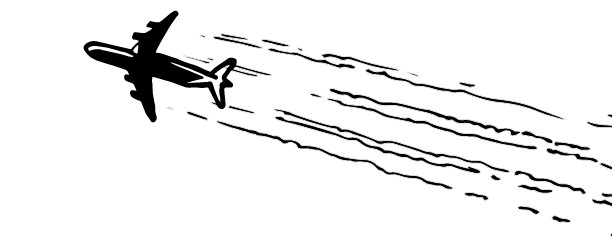
My parents were living the American Dream. Two immigrants with an 8th-grade education, they applied hard work and talent to the the greatest force of good in history, the US economy. We lived close to the beach. But they (mostly my dad) fucked up, and soon we were living in two houses, neither near the beach. After the divorce, my dad would pick me up after work every other Friday in his Gran Torino, from our 800-foot apartment in Encino. I had to wait outside, sometimes for an hour, far from our apartment, as my mom didn’t want to risk seeing my dad, or even his car, as she hated him. I became skilled at identifying cars, from a distance, by the shape and luminosity of their headlights. AMC Pacers were easiest.
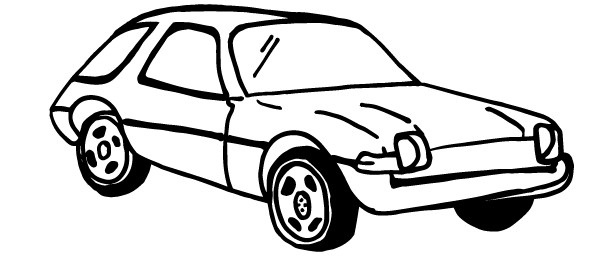
Life is so rich,
Scott

